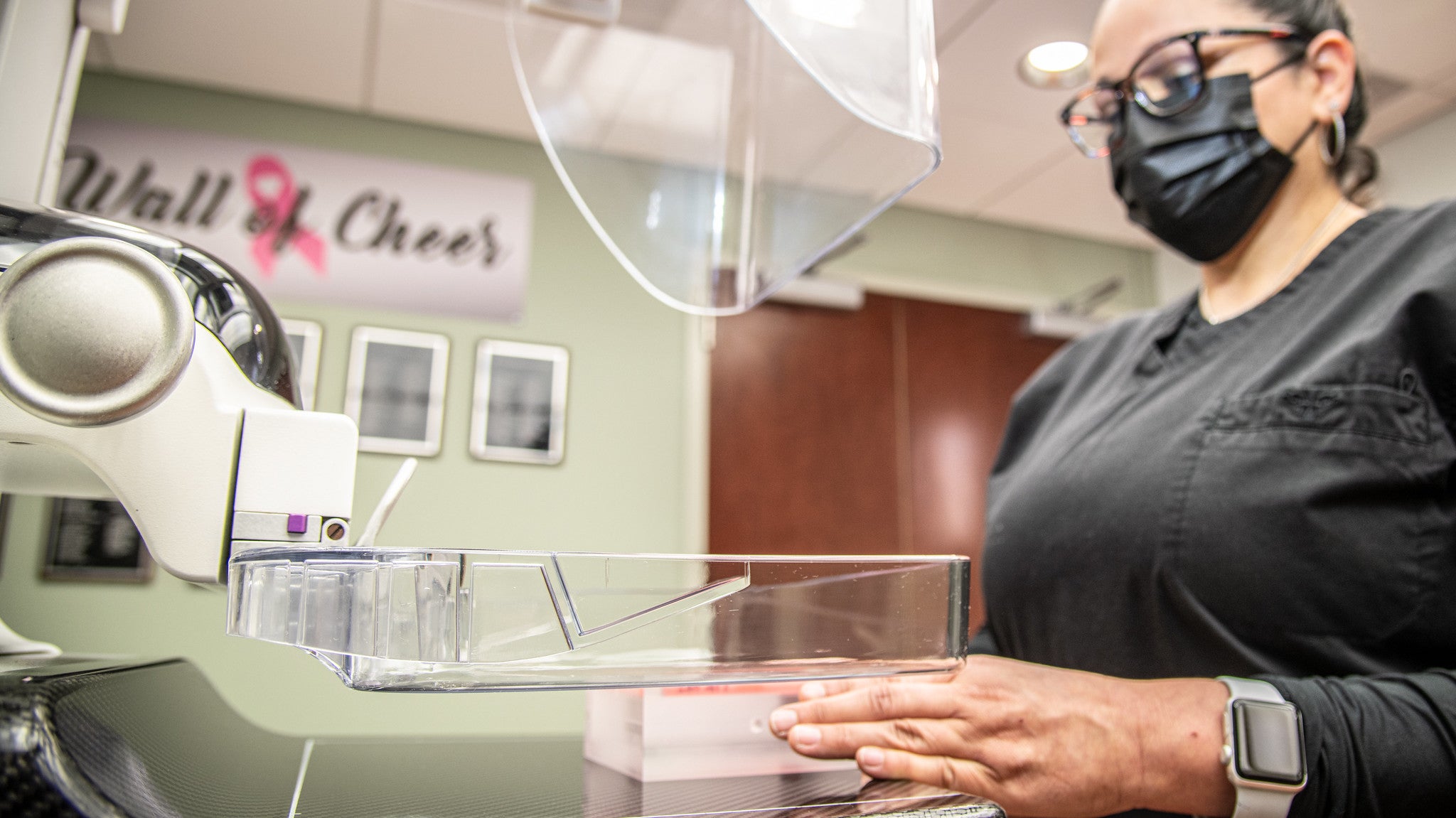November has been designated as a time to focus on men’s health. Judith Siers-Poisson learns about detection and treatment of prostate cancer and other urologic cancers.
Featured in this Show
-
Doctor Says Screening Is Key To Prostate Cancer Prevention
Prostate cancer is a common and deadly disease among American men. Nevertheless, according to Dr. David Jarrard of the University of Wisconsin’s Carbone Cancer Center, good prevention and screening can lessen the threat.
An average of 200,000 new cases of prostate cancer are diagnosed every year, according to the American Cancer Society. It’s the second-most-common cause of cancer in men after skin cancer and is the leading cause of what is termed “solid mass” cancers. In addition, it’s the second leading cause of cancer death in American men, leading to 30,000 deaths a year.
While prostate cancer is common, there are different strains that vary in how aggressive they are. Because the cancer primarily affects older men and is often slow-growing, Jarrard said that “active surveillance” is the preferred method of addressing the less-aggressive varieties.
“It’s not a cancer that we focus on for older men,” he said.
Patients more than 70 years old are unlikely to die from prostate cancer if it’s a new diagnosis, for example.
Jarrard said that as a result, the screening emphasis is on men between the ages of 50 and 70. Part of that screening is looking at potential risk factors. He said that having a first-degree relative like a father or brother with prostate cancer can increase a man’s likelihood of developing the condition. African-American men are also at a higher risk.
Currently, the most common diagnostic tool for detecting prostate cancer is a prostrate-specific antigen test. Jarrard explained that the blood test measures the quantity of PSA, a protein produced by the prostate gland that’s usually found in high concentrations in people with cancer.
The PSA test is not without controversy, Jarrard said: “It’s pretty good at screening populations, but it’s not perfect.”
Jarrard explained that with prostate cancer, the goal is to treat aggressive varieties, but that the PSA test cannot make that distinction.
For men in the 50- to 70-year old target age range, Jarrard recommended discussing the pros and cons of a PSA test with a health care provider. If the decision is made to go ahead with the PSA test, he said that a low number result — under one nanogram per milliliter — means that the test would not need to be repeated for four years. For a result that is over one nanogram per milliliter, he recommends repeating the test every one to two years.
The other aspect of screening is digital rectal exam. Jarrard explained that it involves the doctor manually feeling the prostate gland to check its size and texture. In addition, he said, some colon cancer tumors can also be found if the location is close to the prostate gland.
Diet can also play a role in preventing prostate cancer. Luckily, according to Jarrard, a prostate-healthy diet is also one that wards off high blood pressure, heart disease, and other lifestyle diseases. For example, he said, a low-fat diet can help prevent prostate cancer. Jarrard said that cooked tomatoes have also been found to help prevent prostate cancer, as have pomegranates.
For more information on prostate cancer causes, screening and treatment, the Carbone Cancer Center has many resources available online.
Episode Credits
- Judith Siers-Poisson Host
- Judith Siers-Poisson Producer
- Dr. David Jarrard Guest
Wisconsin Public Radio, © Copyright 2024, Board of Regents of the University of Wisconsin System and Wisconsin Educational Communications Board.




